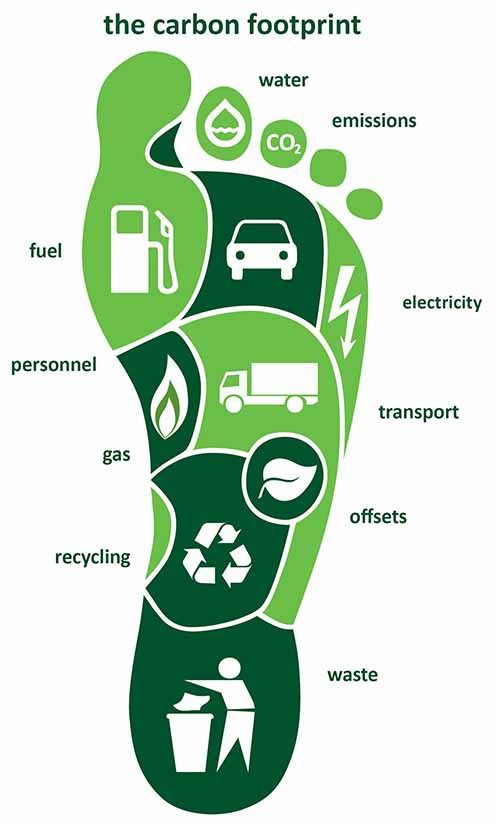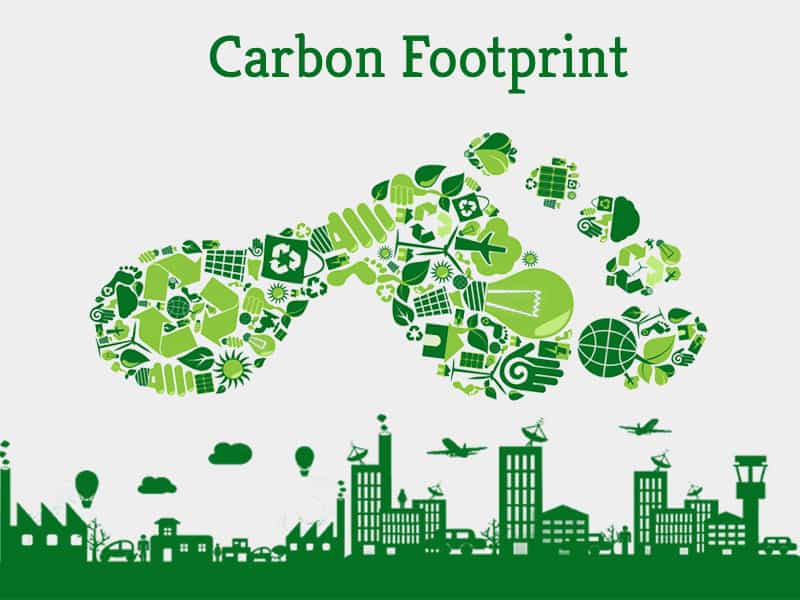

There are plenty of elements that go into determining a carbon footprint. This means preventing other carbon emissions to compensate for our own. It is a little complicated subject because it depends on which aspects were talking about, whether were talking about a person, a corporation, or a country. Here’s the information and practical steps you’ll need to get started. As we are now familiar with what is carbon footprint, let’s understand the Carbon Footprint Analysis. This includes the energy you use for heating and lighting, company. To halt climate breakdown and avoid its worst impacts, we need to do two things: shift to a low-carbon economy and protect our best natural allies in the fight against climate change - forests, grasslands, mangroves and tidal marshes, which stashĭrastically cutting greenhouse gas emissions will require, everyone - from individuals to industries to countries - to vastly reduce their carbon footprint. A corporate carbon footprint measures all GHG emissions related to your business activities. Seven greenhouse gases covered by the Kyoto Protocol are typically measured, including carbon dioxide (CO 2), methane and nitrous oxide. The larger yourįootprint, the heavier the strain on the environment. What is a carbon footprint A carbon footprint is the total amount of greenhouse gases an organization contributes to the atmosphere. Your personal footprint includes emissions from a variety of sources - your daily commute, the food you eat, the clothes you buy, everything you throw away. People, products and entire industries have carbon footprints.

It gives a breakdown of what volumes of greenhouse gas emissions are. The primary one is the amount of greenhouse gas emissions released into the atmosphere by a given activity. Carbon footprints are the result of emissions calculations, including carbon dioxide. The “size” of your carbon footprint depends on multiple factors. Your company’s carbon footprint can vary not only by industry, but also within your industry, depending on what. The consideration from the cradle to the factory gate (cradle-to-gate) thus only covers part of the product’s life cycle, not a complete life cycle analysis (cradle-to-grave). Electricity production follows at 25, with industry closely behind at 24. The partial Product Carbon Footprint takes into account the greenhouse gas emissions that occur when raw materials are extracted (cradle) until they leave the BASF site (plant gate). A carbon footprint is a simple way to express that impact. The Environmental Protection Agency, or EPA, reports that in 2020, transportation was the biggest portion of human-caused GHG emissions in the U.S., at 27. People across the world are becoming increasingly concerned about climate change: 8-in-10 people see climate change as a major threat to their country.


 0 kommentar(er)
0 kommentar(er)
